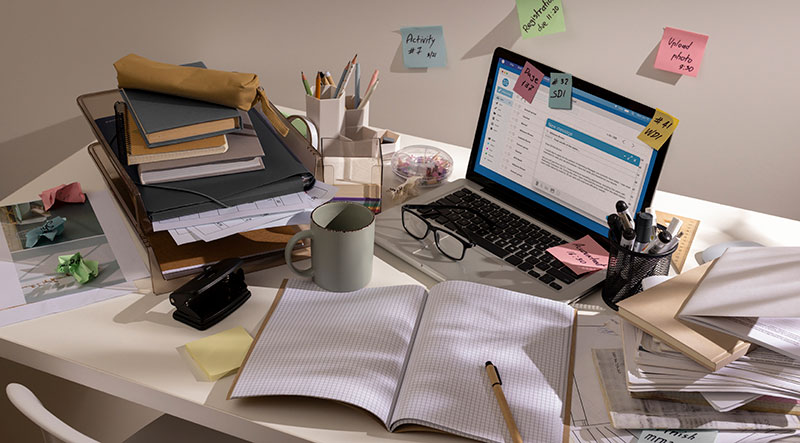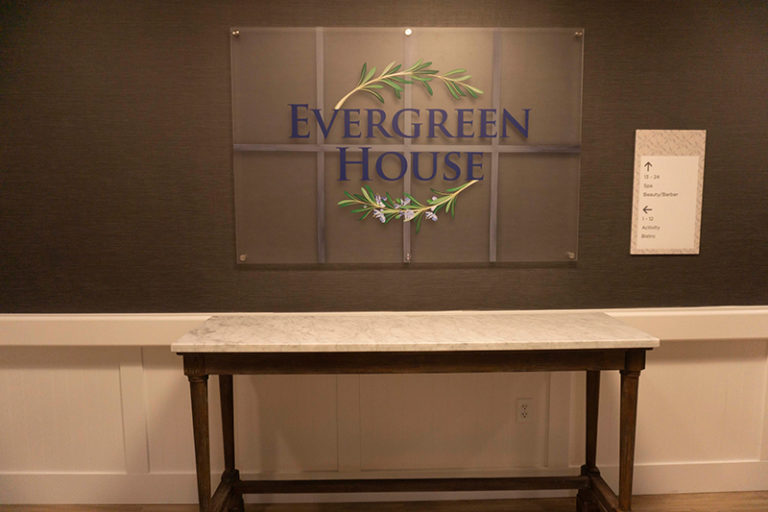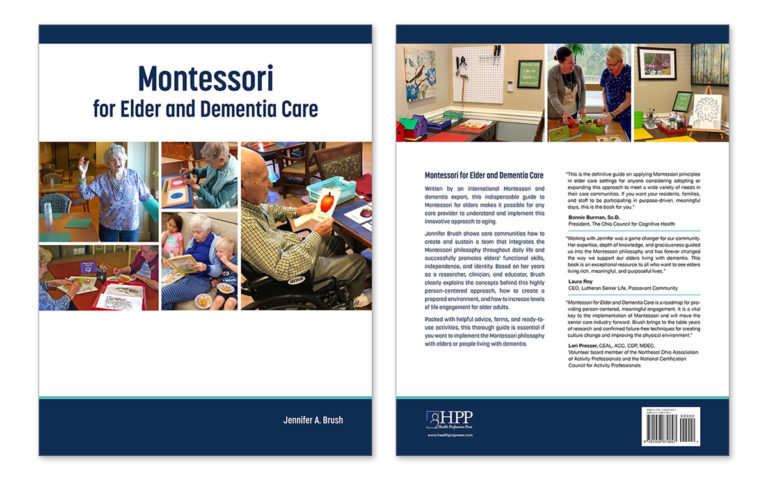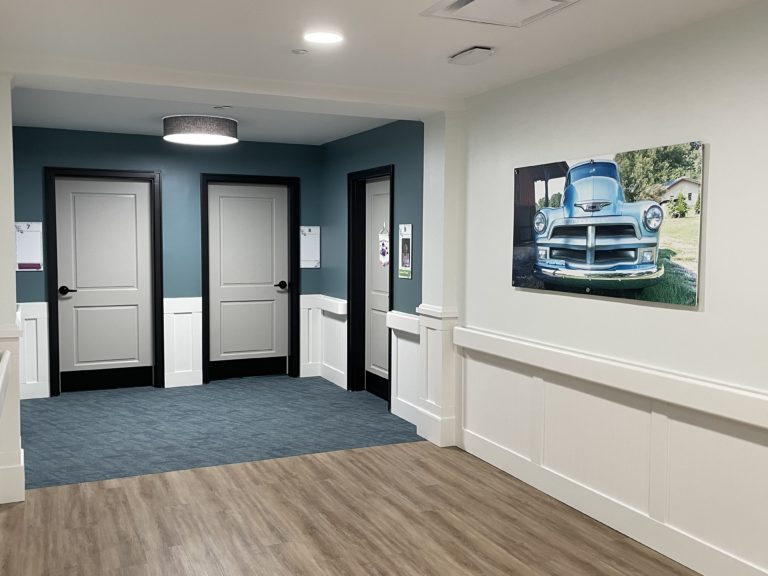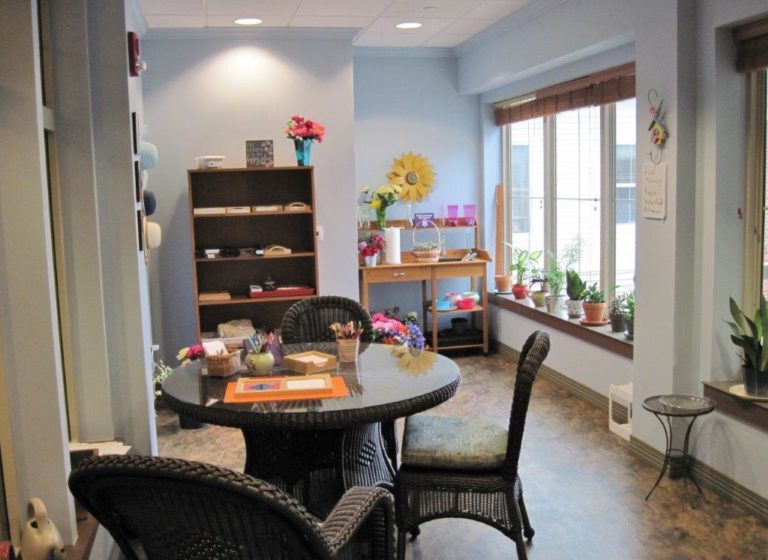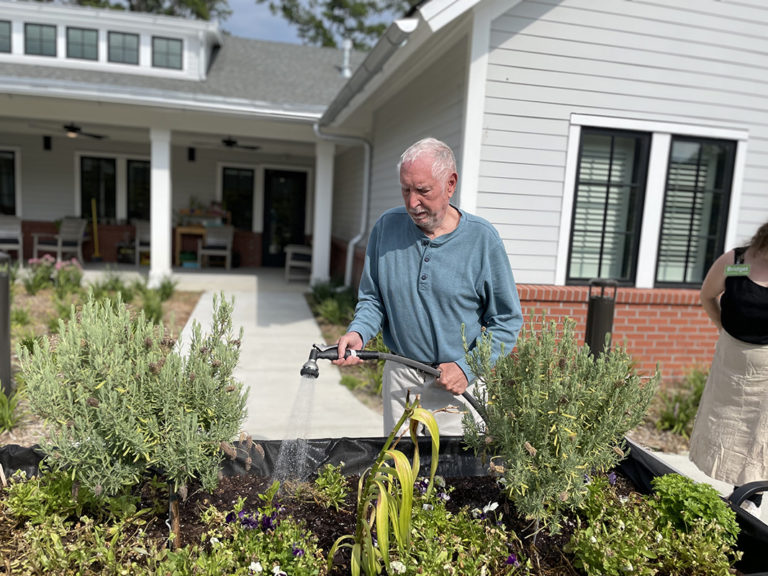Spring into Action – Declutter!
The snow is melting, the sun is shining more, and it’s time to open the windows and let the spring breeze blow through the house. Getting rid of all the staleness of winter. Along with that you begin to feel the need to go through your closets, cabinets, and other areas you store items.
Great idea! Not just to slim down your own stash of goodies, but this action will reduce overwhelm and potential confusion to your loved one with dementia! It really becomes a two-for-one!
But the next question, is “Where do I start?” The job of decluttering can seem incredibly overwhelming, but let’s break it down into 4 simple steps so that it’s fun and less time consuming.
Step 1: Decide on ONE area to declutter
Making this decision based up on what spot or area is the most messy, cluttered, and highly used by your loved one. By looking at where your loved one has the most frustration, goes to to find information or personal items, or visits most frequently will give both of you the greatest success in having your loved one gain focus and be able to participate in daily activities best.
Step 2: Involve your Loved One in the process
With the decision made to declutter a beloved space comes the job of what needs to be removed and either boxed up or tossed out. If this is a space that your loved one spends a lot of time in or “understands” well, s/he needs to be part of the clean-up team. If able, share items that s/he can go through and decide what to do with. If s/he has more challenges and doesn’t do well making choices, help out by asking which item s/he wants to keep (show a magazine and newspaper). This allows you to remove a larger amount of items, but still allows decision making for your loved one.
Step 3: Reorganizing with your Loved One in Mind
Once the bulk of the unneeded items that need to be removed have been relocated or disposed of, it’s time to make the cleaned space useful to both of you. If it’s a “Command Center” (a location where important items and information are placed), then work with your Loved One to determine the best way to lay out the area. Does the area need a small sign? Do bins need labels? Is there a need for dividers in the drawers? Between you and your loved one, decide how the area will look based upon what is the most functional to his/her memory and cognitive abilities.
Step 4: Learn & Love the new space!
You and your loved one have just completed the cleaning and creation of a place that will help with memory, organization, decision making, and better function. Allow time for your loved one to use the space and learn the new movement sequences and habits that will make this location much more useful that it was before!
So, wait no longer! A little cleaning can serve everyone!

